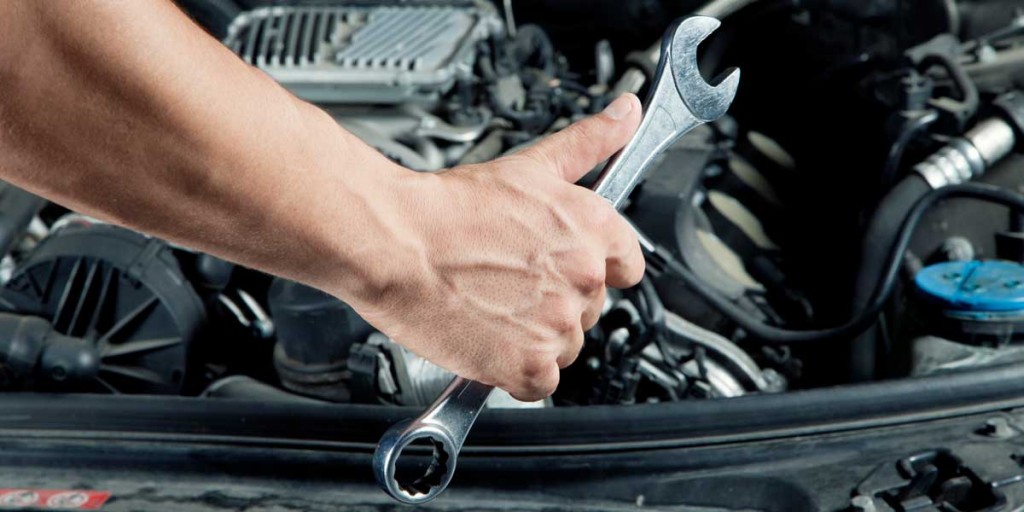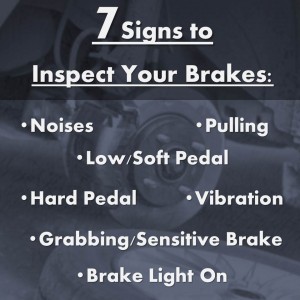Most would agree that brakes are the most important feature of your car—but do you know how to detect when there’s a problem with your brakes, or how to do a maintenance check on your brake system?
Below are the standard warning signs that something might be wrong with your brakes. If you’re noticing any of the following symptoms, be sure to follow the links at the bottom of this article for step-by-step instructions for checking and replacing your brake system, including the master cylinder, brake lines and disc brakes
Watch for seven signs that their brakes need to be inspected:
- Noise: screeching, grinding or clicking noises when applying the brakes.
- Pulling: vehicle pulls to one side while braking.
- Low Pedal:brake pedal nearly touches the floor before engaging.
- Hard Pedal: must apply extreme pressure to the pedal before brakes engage.
- Grabbing: brakes grab at the slightest touch to the pedal.
- Vibration: brake pedal vibrates or pulses, even under normal braking conditions.
- Light: brake light is illuminated on your vehicle’s dashboard.
Brakes are a normal wear item on any vehicle and they will eventually need to be replaced. Factors that can affect brake wear include driving habits, operating conditions, vehicle type and the quality of the brake lining material.








